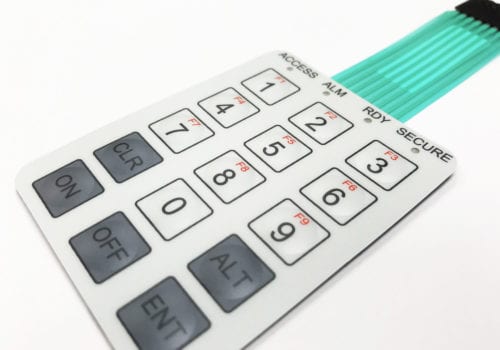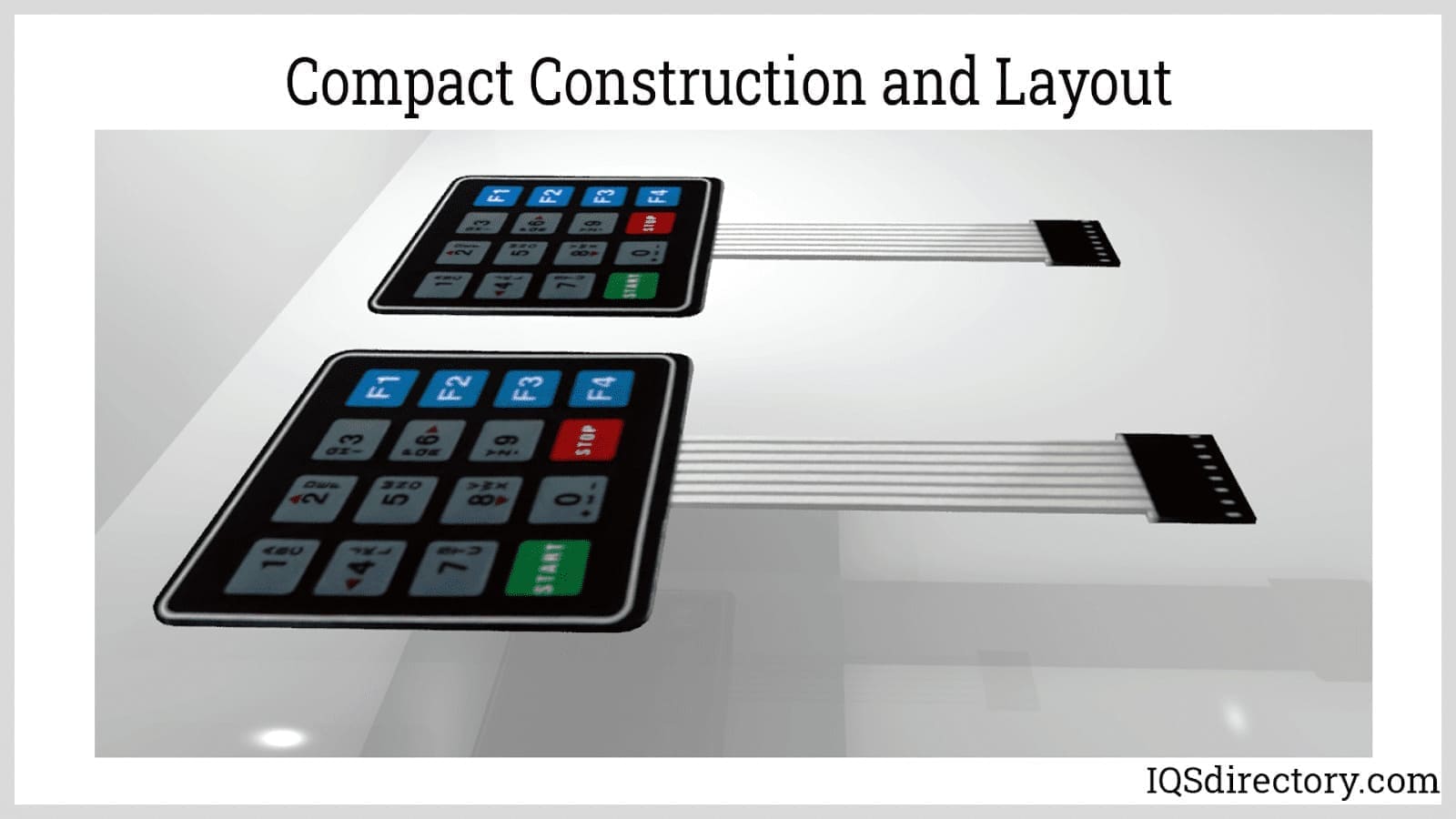The Duty of a Membrane Switch in Modern Touch Interfaces and Controls
The Duty of a Membrane Switch in Modern Touch Interfaces and Controls
Blog Article
The Function of Membrane Layer Switches in Enhancing Device Use and Appearance
Membrane layer switches stand for a significant development in user interface innovation, seamlessly incorporating use with visual charm. As markets progressively focus on user experience, the implications of these features extend past simple benefit, influencing item design and customer complete satisfaction.
Understanding Membrane Change Innovation

The graphic overlay works as the noticeable surface area, commonly published with icons and tags that lead customer communication. Underneath this layer, the spacer acts as a separator, making certain that the conductive layer just makes call when a switch is pushed. The conductive layer, normally made from a conductive ink or material, finishes the circuit and sends signals to the tool's electronics.
Durability is a substantial advantage of membrane buttons, as they are resistant to dampness, dust, and contaminants, making them ideal for different atmospheres. In addition, membrane layer switches can be customized in regards to form, size, and style, enabling makers to customize user interfaces to specific tool demands. This adaptability contributes to their extensive use across industries, from consumer electronics to clinical tools.
Usability Advantages of Membrane Buttons
The usability benefits of membrane layer switches are noticeable in their user-friendly design and user-friendly features. These buttons promote uncomplicated interaction by incorporating responsive feedback and recognizable symbols, which improve the individual experience via clear communication of feature (Membrane Switch). The flat account of membrane layer switches over permits easy integration right into numerous gadgets, reducing the learning contour for customers unknown with complex controls
Additionally, membrane layer buttons are commonly created with sensitivity in mind, enabling users to involve with controls effortlessly. This characteristic is specifically beneficial in environments where fast responses are critical, such as clinical gadgets and commercial equipment. Their resistance to dampness and contaminants better makes certain reliable operation, advertising customer confidence in varied setups.
In addition, membrane switches can be personalized to suit details applications, fitting distinct individual demands and choices. This flexibility cultivates a sense of ownership amongst individuals, as they can communicate with controls that feel tailored to their requirements.
Aesthetic Enhancements Via Design
Aesthetic improvements play a considerable duty in the overall charm and capability of gadgets equipped with membrane buttons. These switches use versatile layout opportunities that can be customized to fulfill brand name identification and user choices. The ability to incorporate vibrant shades, customized graphics, and differed structures allows manufacturers to produce visually striking interfaces that resonate with users on an emotional level.
The versatility of membrane switch design likewise promotes the integration of unique shapes and formats, adding to a structured look that boosts the individual experience. This not just makes tools more appealing yet also help in user-friendly navigation, as customers can quickly determine functional locations and controls. In addition, advanced printing technologies allow the reproduction of intricate designs and high-resolution pictures, additionally boosting the aesthetic top quality.
In addition, the usage of backlighting in membrane buttons can significantly boost exposure and allure, especially in low-light environments. This combination of looks and capability cultivates an appealing individual experience, making gadgets not only extra pleasurable to make use of yet additionally extra aligned with contemporary design patterns. Inevitably, visual enhancements via cautious membrane button design can change common devices into compelling, user-friendly items.
Applications in Different Industries
In countless industries, membrane layer buttons have actually come to be indispensable components that boost performance and use across a go right here large range of tools. These innovative switches find applications in industries such as health care, consumer electronic devices, automotive, and industrial equipment.
In the healthcare industry, membrane layer switches are generally utilized in clinical devices, such as analysis equipment and client tracking systems, where they supply user-friendly user interfaces that boost customer interaction while preserving health. In customer electronic devices, membrane buttons help with straightforward controls in devices, remote controls, and video gaming devices, providing smooth operation and visual allure.

Future Trends in Membrane Layer Buttons
Arising fads in membrane switches are readied to revolutionize individual interfaces throughout numerous applications, driven by developments in innovation and boosting customer demands for functionality and design. One notable fad is the consolidation of capacitive touch technology, which uses an extra receptive and modern-day customer experience contrasted to conventional mechanical switches (Membrane Switch). This change not only enhances use yet likewise allows for sleeker tool visual appeals
Furthermore, the combination of adjustable graphics and backlighting is ending up being significantly prominent. Suppliers are leveraging innovative printing techniques and LED technology to produce aesthetically engaging user interfaces that deal with specific customer requires while improving tool visibility in numerous lights problems. This modification promotes a stronger emotional link in between individuals and their gadgets.

Final Thought
In verdict, membrane layer switches you can look here dramatically improve both functionality and aesthetics in contemporary gadgets. As sectors continue to progress, the flexibility and cutting-edge possibility of membrane layer buttons will likely play an increasingly important role in device design and individual experience.
Report this page